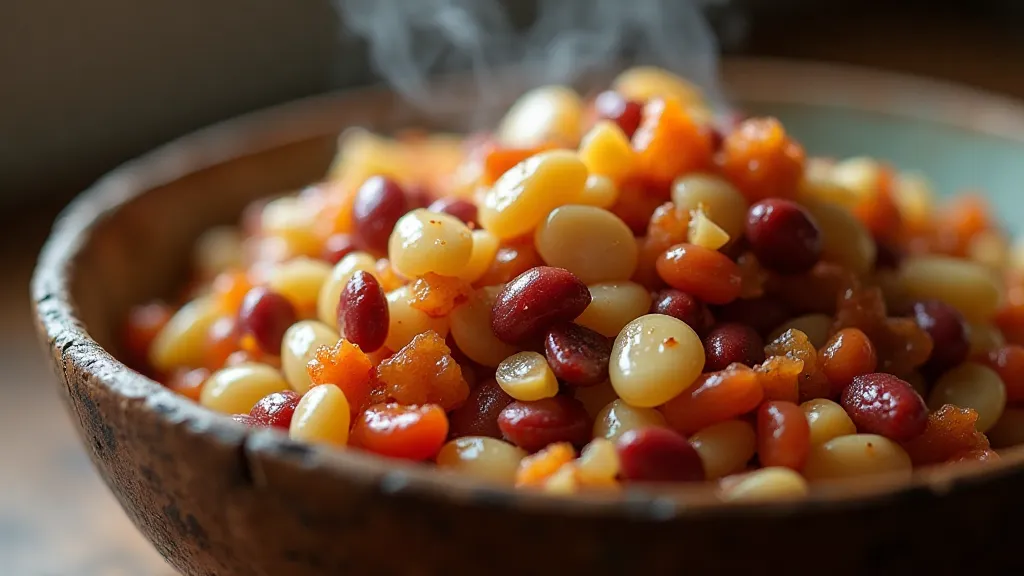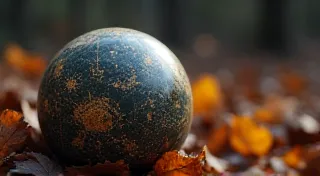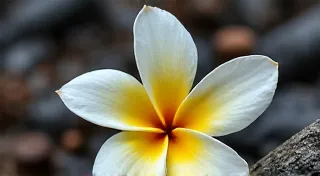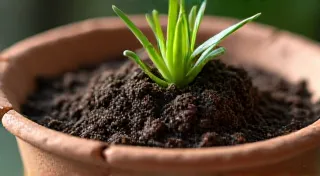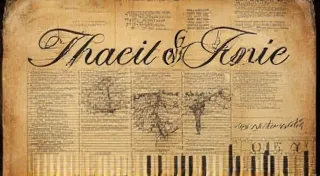The Bean's Memory: Echoes of Ancestral Gardens
There's a peculiar beauty in things that endure, things that hum with the weight of history. Think of an antique accordion, its bellows sighing a melody learned across decades, its keys worn smooth by countless hands. It's more than just an instrument; it’s a repository of stories, a tangible link to a past we can almost feel breathing through its aged wood and metal. Similarly, when we cultivate heirloom beans, we’re not merely growing a vegetable. We’re tending to a living legacy, a connection to generations of farmers and gardeners who carefully saved and passed down these treasured seeds.
Most modern supermarkets offer a predictable array of bean varieties: plump, uniform, and bred primarily for yield and shelf life. They serve a purpose, undeniably, but they often lack the complexity and character of their older relatives. Heirloom beans, by definition, are varieties that have been passed down for at least 50 years, often far longer. These are the beans that whisper tales of resilience, adaptation, and the ingenuity of those who came before us. They’re the beans that remember.
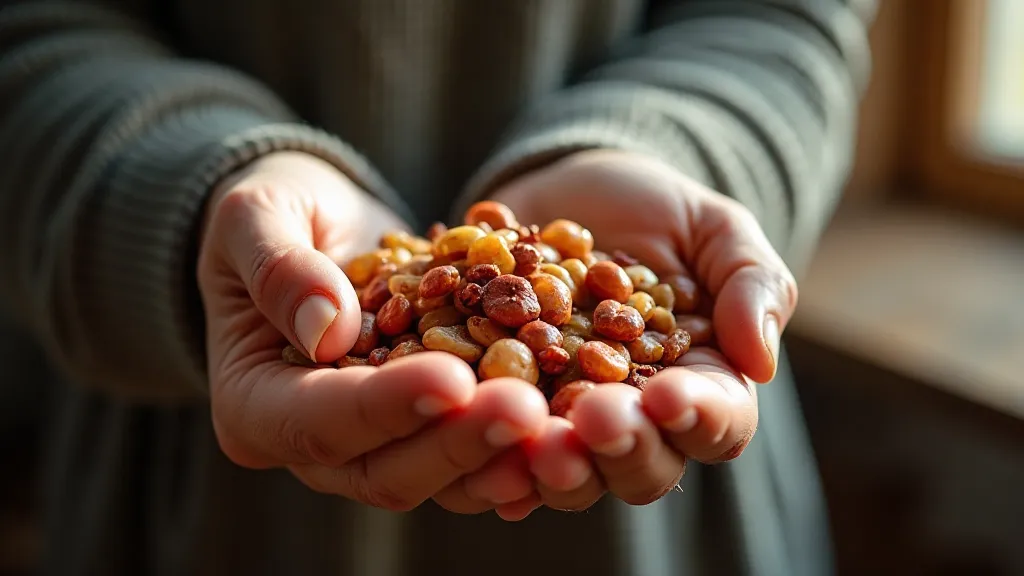
More Than Just a Vegetable: The Story in the Seed
The concept of "heirloom" isn't just a label; it’s rooted in a crucial act: seed saving. Before industrial agriculture, most farmers saved their own seeds. Each year’s harvest was a conversation with the land, a careful observation of which plants thrived, which offered the best flavor, and which were best suited to the local conditions. These seeds weren't just resources; they were part of the family, passed down from parent to child, each generation adding their own notes to the ongoing story.
Imagine a farmer in the Appalachian mountains, carefully selecting seeds from a particular Scarlet Runner Bean, year after year, because it reliably produced a bountiful harvest despite the challenging terrain. Or a family in the American Southwest, cultivating a variety of pinto beans, perfectly adapted to the arid climate and offering a distinctively earthy flavor. These aren’t just random occurrences; they're the results of deliberate choices, driven by necessity and a profound respect for the natural world. These farmers weren’t just feeding their families; they were building a connection to the land that stretched back generations.
Craftsmanship in the Garden: Understanding Bean Varieties
Just as a master accordion maker pours their skill and passion into crafting an instrument, farmers and gardeners have painstakingly refined heirloom bean varieties over centuries. The resulting diversity is astonishing. Consider Jacob's Cattle Beans, a stunning mix of red and white markings, reminiscent of a Dutch tapestry. Or the Kentucky Wonder Pole Bean, known for its rapid growth and delicious flavor. Each variety possesses unique characteristics, shaped by both genetics and environment. The colors range from deep purples and vibrant pinks to creamy yellows and mottled greens. The shapes too, vary greatly – some are small and delicate, others large and robust.
The names themselves tell stories. ‘Blue Speckled Hulless’ evokes a sense of mystery and careful observation. ‘Soldier Beans’ hints at a military connection, perhaps grown as provisions for soldiers. ‘German Chocolate’—a nod to the German immigrants who brought their own bean varieties to America. These names aren’t arbitrary; they’re echoes of human history, woven into the fabric of the seed.
Restoring these bean varieties, much like restoring an antique accordion, requires patience and understanding. It’s not enough to simply plant the seeds; you need to understand their needs, their history, and the environment in which they thrive. Just as an accordion restoration specialist must carefully disassemble and clean each component, identifying potential damage and replacing worn parts, the heirloom gardener must observe their plants closely, identifying potential pests and diseases, and providing the appropriate care.
Bean Growing 101: Cultivating a Living Heritage
While heirloom beans share the general requirements of most bean varieties—full sun, well-drained soil, and consistent watering—they often exhibit subtle differences in their needs. Some are more susceptible to certain diseases, while others may require more specific nutrient levels. Researching the specific needs of the variety you’ve chosen is crucial for success.
Soil Preparation: Like most vegetables, beans prefer fertile, well-drained soil. Incorporate compost or well-rotted manure before planting to enrich the soil and improve drainage. A slightly acidic soil pH (around 6.0 to 6.8) is ideal.
Planting: Beans can be direct-seeded after the last frost. Sow seeds about 1 inch deep and 2-3 inches apart. Pole beans will require a trellis or other support structure. Bush beans will grow in a more compact form.
Watering: Consistent watering is important, especially during flowering and pod development. Avoid overwatering, as this can lead to root rot.
Pest and Disease Management: Heirloom varieties can be more susceptible to certain pests and diseases. Practice crop rotation and companion planting to minimize problems.
Seed Saving: The true essence of heirloom gardening lies in seed saving. Allow a portion of your harvest to fully mature on the plant. Allow the pods to dry completely on the vine. Once dry, shell the beans and store them in a cool, dark, and dry place.
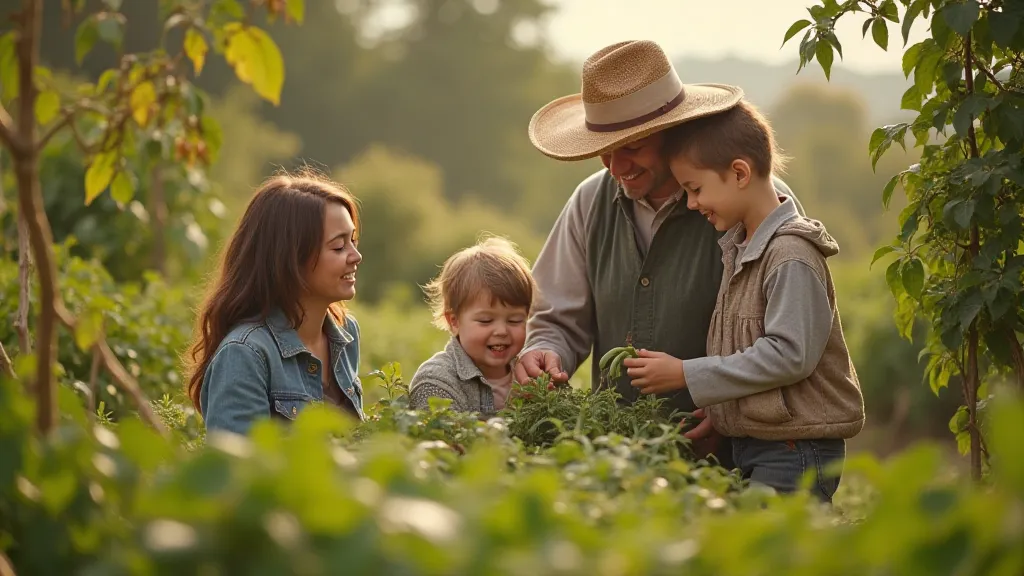
A Taste of History: The Rewards of Heirloom Beans
Beyond the nutritional benefits, heirloom beans offer a unique culinary experience. Their complex flavors and textures are often far superior to those of modern varieties. They’re perfect for soups, stews, salads, and countless other dishes. Cooking with heirloom beans is a way to connect with the past, to taste the ingenuity and resilience of generations who came before us.
And perhaps most importantly, cultivating heirloom beans is a way to preserve a living legacy. It’s a way to ensure that these treasured varieties continue to thrive, to pass on their stories to future generations. It’s a way to keep the bean’s memory alive.
